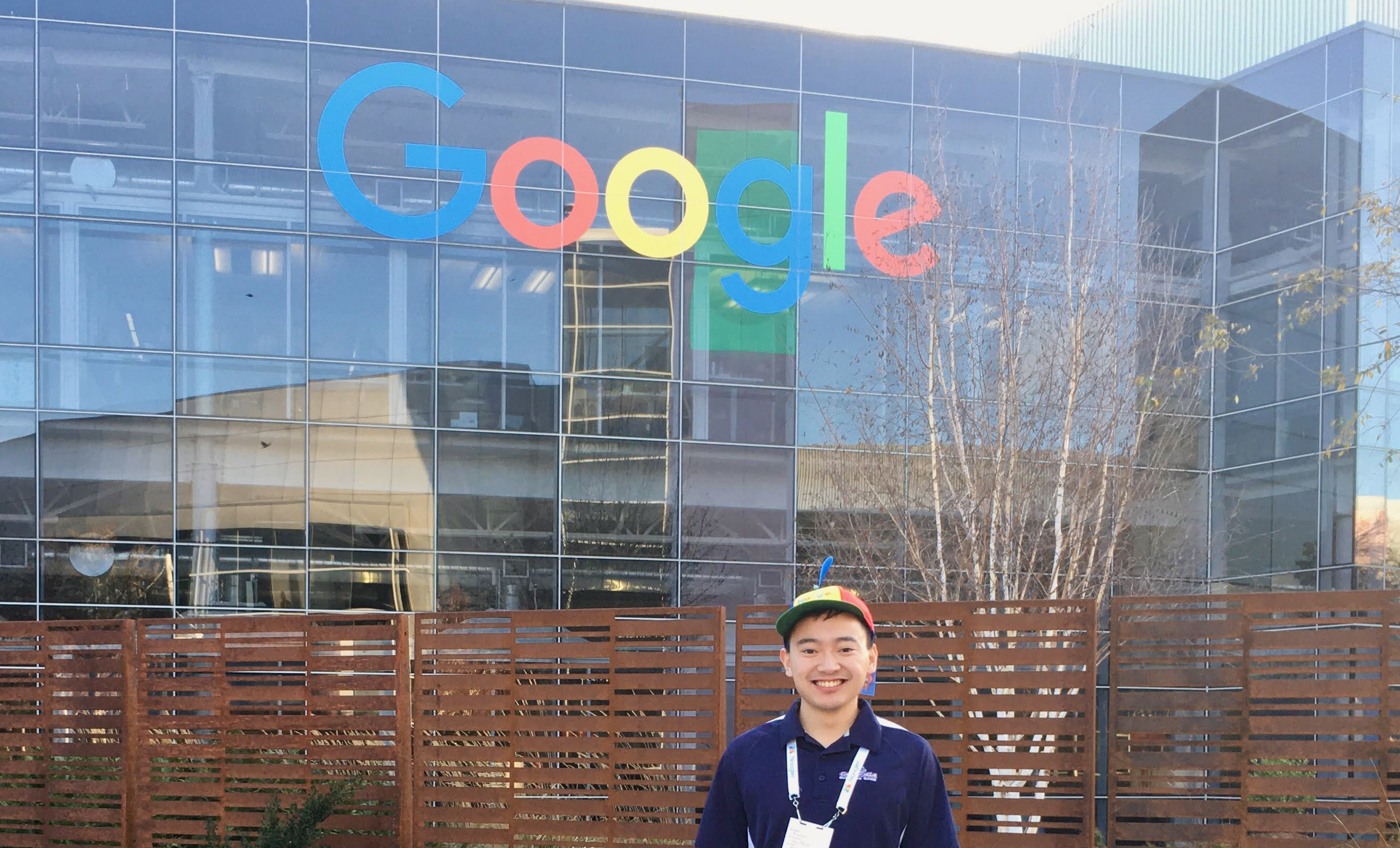Raspberry Pi Motion Camera
By Xavier Collantes
A homemade solution

Why not just buy a system?
I was browsing for a motion detection camera and found products such as the
Amazon Ring, Google Home, and Blink. As a privacy conscious person, I didn't
want to hand over personal home video to large tech companies.
"I could do that!"
As I researched the available technologies, I found the challenge interesting.
Homebrew options existed for a motion detection camera but I wanted
functionality close to what existed commercially. The challenge would not be
creating my own software for a motion detector but integrating several
existing technologies to achieve my requirements.

There were many challenges such as:
- How to make the video application start on Raspberry Pi power up -> By creating a cron job to run on startup
- Deciding which cloud storage I trusted enough -> I went with the free tier for zero-trust pCloud
- What threshold settings to use -> I experimented with my specfiic setting given the lights

Example where video was triggered by movement of the sun. The settings were too
sensitive since the sun's light would change too many pixels which resulted in
triggering the video.
Requirements
My research started with existing platforms and noting which features I needed.
Then I stack-ranked the functionalities by priority. Here is the final list of
functionalities by priority:
- Must have ability to capture video on motion
- Continuous capture of video would create massive amounts of video which would be difficult to sift through
- Must have zero-knowledge upload of media
- Data is uploaded, downloaded, and edited with access only to the user
- The cloud provider has no access to the media stored (Proton.me, "Zero Knowledge Cloud Storage")
- Must be able to run continuously for months
- Should NOT cost more than a conventional system
- $150 as limit since this would cover monthly costs and initial costs
- Should NOT pay a monthly fee
- Cloud providers potentially charge a monthly fee but free options exist
- Would be nice to have auto delete of oldest videos
- Otherwise, videos on cloud provider must be reviewed and deleted manually to save space
How it works
Software

My solution, MoCam, is an implementation of
motion-project.github.io. I combined the
capabilities of The Motion Project to run a camera on a Raspberry Pi or any
Linux OS with Rclone to securely upload videos and images
to a encrypted end-to-end cloud provider.
GitHub code repository: github.com/xcollantes/mocam
Getting started: MoCam
README
Hardware
Required hardware is a Raspberry Pi, preferably at least 2 GB of RAM since
processing the video puts strain on the machine. Lower RAM machines were not
tested such as the Raspberry Pico.

A camera is also needed. I found the best results with a USB camera since it's
fairly easy to setup as well. There is a Raspberry Pis Module Camera
specifically meant for the Raspberry Pi but I did not have this at the time.
Here's an example of a compatible USB camera on
Amazon.
In the project, I found some pitfalls with the camera, detailed in "Common
pitfalls".
There are some commands needed to find the ID of the camera as this is needed
for the Docker image.

Related Articles
Related by topics:
thingsIBuilt
python
